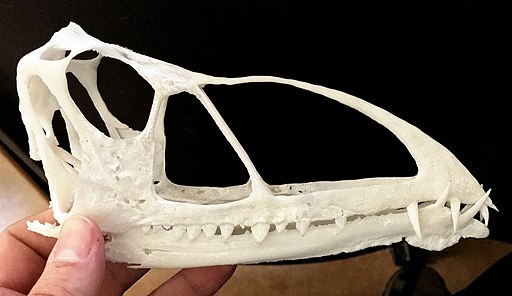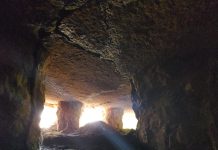
By Jim Brace-Thompson
Fireball from Space Lights up Turkeytown
An asteroid estimated to be 6 feet in diameter created a fireball 40 times brighter than a full moon that lit up the sky above Turkeytown, Alabama around midnight on August 17.
The big space rock, traveling at 53,700 mph, set off NASA sensors and was captured on security cameras across Alabama before disintegrating above the town of Grove Oak. While meteors are a fairly common sight in the night sky, ones of this size are unusual—and dangerous, should they touch down!
A Peak Is Piqued in Sweden

Sweden has a massif called Kebnekaise (pronounced keb-na kais-a) that sports two peaks, a glacier-covered southern peak and a glacier-free northern peak. That southern peak has stood proud as the tallest peak in all Sweden. One measurement not so long ago put it at 6,893 feet above sea level as compared against the 6,879-foot northern peak. However, the exact height of the southern peak has always been variable because of the glacier atop it. (Google “Kebnekaise” and you’ll get all sorts of conflicting measurements, sometimes within the same article!)
A record heat wave this summer, though, has caused pique among lovers of the southern peak. One updated measurement put it at 6,880 feet, and some earth scientists estimate that it’s even lower and thus may have lost its title as Tallest Peak in All Sweden. But fear not! They say winter snows may help it bulk back up to fighting form to regain its title.
If you are enjoying what you are reading, we invite you to consider signing up for the FREE Rock & Gem weekly newsletter. Learn more>>>
In addition, we invite you to consider subscribing to Rock & Gem magazine. The cost for a one-year U.S. subscription (12 issues) is $29.95/print and $19.99/digital. Learn more >>>
A Heavenly Wind Once Flew over Utah
On August 13 in the journal “Nature, Ecology & Evolution,” scientists announced the discovery in northeastern Utah of the oldest pterodactyl, which they have named Caelestiventus hanseni, or “Heavenly Wind.” How old is old? 210 million years. This pushes the age of the first known flying vertebrate back by some 65 million years into the Triassic Period.
With a 5-foot wingspan, big fangs, and a pelican-like pouch, Heavenly Wind was well advanced, indicating still earlier pterodactyls are out there, just waiting to be dug up and freed to fly in a heavenly wind once again.
To learn more about this discovery, check out this video produced by BYU University Communications, featuring Professor Brooks Britt, the paleontologist leading the team that made the discovery of Heavenly Wind….
Author: Jim Brace-Thompson
 Founder and overseer of the AFMS Badge Program for kids.
Founder and overseer of the AFMS Badge Program for kids.
He’s also an inductee of the National Rockhound & Lapidary Hall of Fame within the Education Category.












